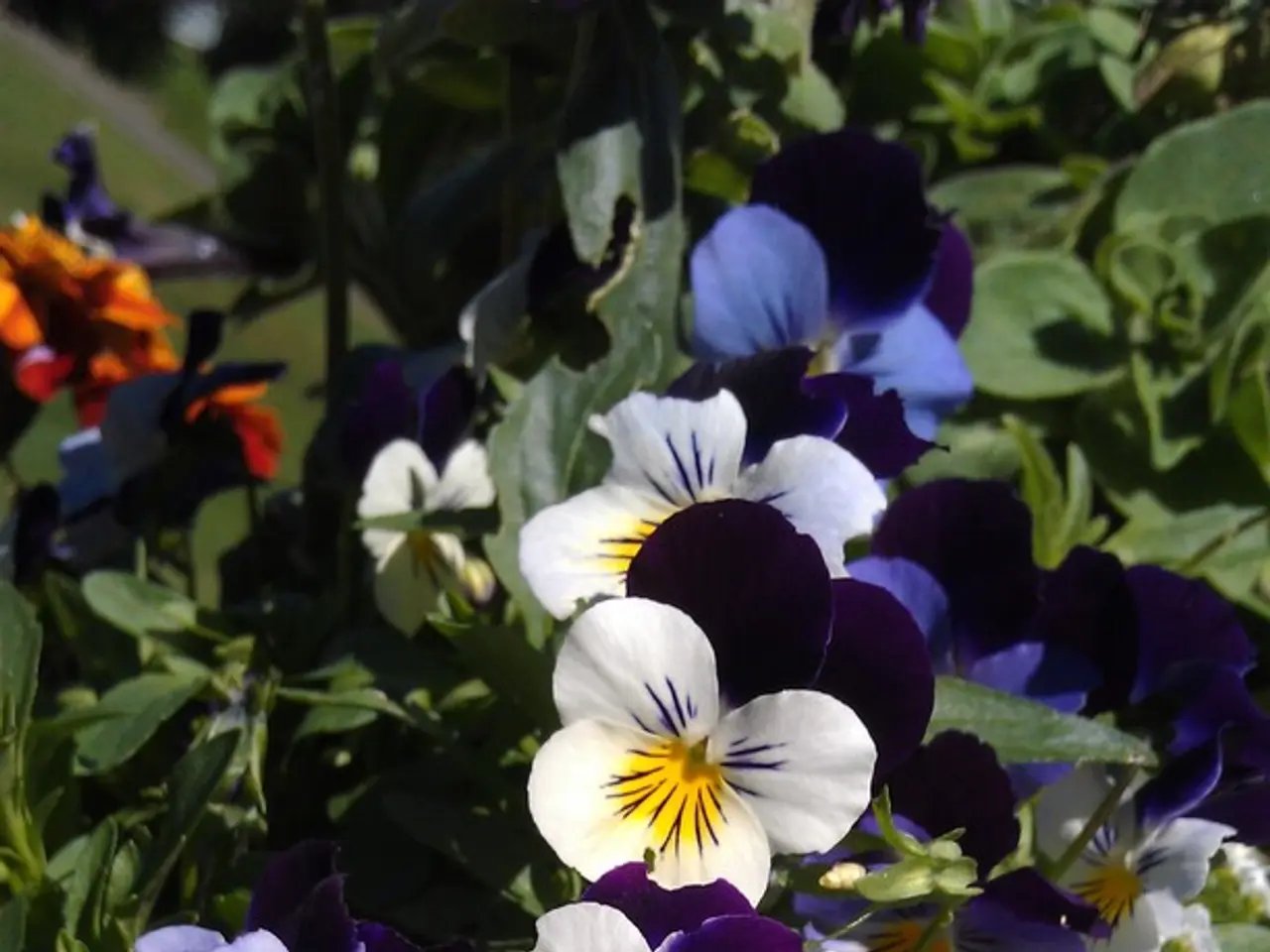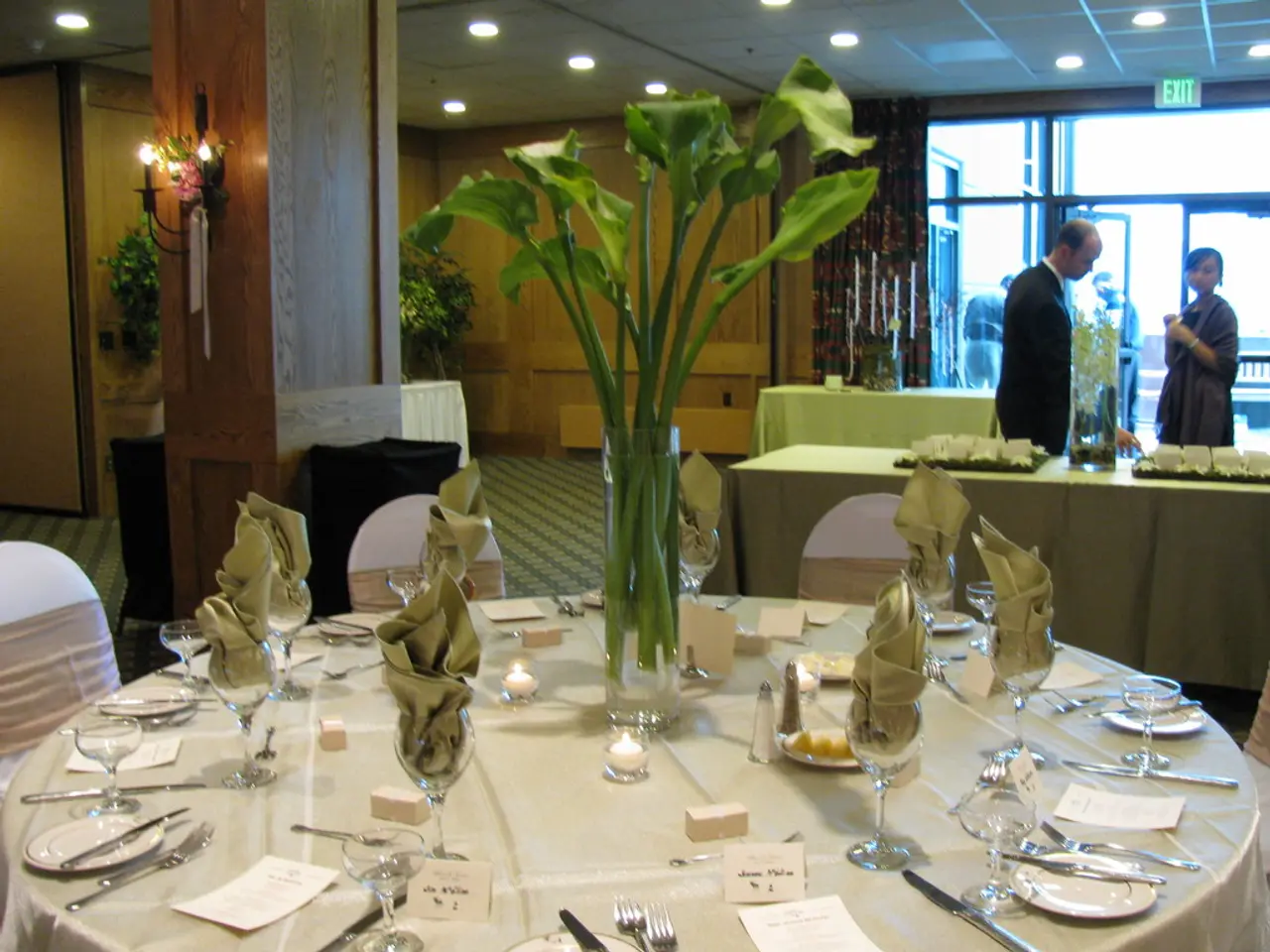Guide for Gardeners, Plant Collectors, and Enthusiasts: Mastering the Agastache Plant
Agastache plants, known for their vibrant flowers and pollinator appeal, are an excellent choice for gardens seeking long-lasting color with minimal upkeep. This guide offers best practices for growing and caring for Agastache plants, including the popular Blue Fortune and Firebird varieties.
Planting Time and Preparation
Plant bare-root Agastache in late spring or early summer when the plants are in full growth to ensure better establishment. Before planting, soak the roots thoroughly for 3–6 hours to rehydrate them.
Location
Choose a position with full sun for optimal growth and flowering. Agastache thrives in sun, although some varieties may tolerate partial shade.
Soil Requirements
Use well-draining soil. Agastache is adaptable to a range of soil types, including clay, as long as the drainage is good. A multipurpose or peat-free compost is suitable for pot culture.
Watering
Water moderately but avoid overwatering to prevent root rot. Established plants, especially drought-tolerant varieties like Blue Fortune and Firebird, require minimal watering.
Feeding
Avoid excessive fertilization. Too much fertilizer can cause leggy growth and reduce flowering. Minimal feeding is recommended for Agastache plants. Look for products with a balanced NPK ratio or slightly higher phosphorus to promote blooms. Organic options like worm castings or compost tea are also suitable.
Maintenance
Deadhead spent flowers to prolong blooming. Leave some dried flowerheads in winter to support wildlife and seed-eating birds. Staking may be necessary for tall plants to keep the stems upright.
Winter Care
Fully hardy Agastache varieties will survive winter outdoors, especially when established. Mulching can provide extra protection in colder climates.
Wildlife Benefits
Agastache flowers attract pollinators such as bees, butterflies, and hummingbirds, making them excellent for wildlife gardens.
Pests and Diseases
Agastache plants are generally resistant to deer, rabbits, rodents, and pests, reducing the need for chemical controls.
Container Growing
Suitable for pots and containers if planted in appropriate compost and given adequate sun exposure.
Specific Considerations for Blue Fortune and Firebird
Both Blue Fortune and Firebird are drought-tolerant, sun-loving, and attract pollinators. They are well-suited for borders, containers, and wildlife gardens.
In summary:
| Aspect | Best Practice | |-------------------|-----------------------------------------------------------| | Planting | Late spring or early summer; soak roots before planting | | Sunlight | Full sun | | Soil | Well-draining; tolerant of various types | | Watering | Moderate; low once established | | Fertilizing | Minimal to moderate; avoid excess | | Maintenance | Deadhead spent blooms; stake if tall | | Hardiness | Fully hardy; mulch for winter protection | | Pests | Generally resistant to deer, rabbits, rodents | | Wildlife | Attracts pollinators like bees, butterflies, hummingbirds| | Containers | Suitable with good compost and sun exposure |
These guidelines ensure healthy growth and abundant flowering for Blue Fortune, Firebird, and other Agastache varieties.
Agastache can be grown from seed, transplant, or division. Ensuring proper soil structure and raised planting beds can prevent root rot or crown rot in Agastache plants. Agastache also works well in naturalistic or prairie-style plantings where low input is preferred.
Avoid fertilizers high in nitrogen, which can inhibit flowering. The foliage of Agastache plants is often aromatic-minty, licorice-like, or bubblegum-scented. Poor drainage is the leading issue for Agastache plants, often causing root rot or crown rot, especially in clay-heavy soils or during prolonged wet conditions. Agastache thrives in well-drained, lean soils.
Agastache plants are widely used in pollinator gardens, mixed perennial borders, drought-tolerant landscapes, and even container gardens. The upright form and colorful spikes of Agastache plants provide structure and height, especially when planted in groups or paired with plants like ornamental grasses, echinacea, or rudbeckia. Agastache is a genus of about 22 species, most native to North America, and well-suited to dry, sunny environments.
Blue Fortune Agastache plant is one of the most commercially successful varieties, producing dense spikes of blue-lavender flowers. Agastache plants are often used in herbal tea gardens thanks to their edible, aromatic leaves.
- Agastache plants, popular for their vibrant flowers and attracting pollinators, are well-suited for home-and-garden and wildlife gardens alike.
- For optimal growth and flowering, Agastache should be planted in full sun, but some varieties may tolerate partial shade.
- To prepare for planting, soak bare-root Agastache plants for 3–6 hours before planting, ensuring better establishment.
- When it comes to soil, Agastache prefers well-draining soil, being adaptable to a range of types, including clay, as long as drainage is good.
- In terms of watering, Agastache requires moderate watering, with established plants like Blue Fortune and Firebird requiring minimal watering. Avoid overwatering to prevent root rot.




